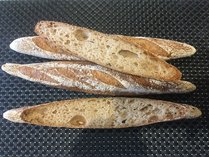 Amaranth baguettes.
Amaranth baguettes.
How do you get such good gluten free bread? - or What is your secret? What tips can you give me?28/4/2017  Amaranth baguettes. Amaranth baguettes. From time to time I the question is asked: 'How do you get such good gluten free bread?' or a variation might be: 'What else are you using in your bread?' It is as if I have a secret ingredient that I won't disclose unless I'm paid absolutely huge amounts of money. Well, no there is no secret ingredient. The truth is I hate the idea of using anything that cannot be bought in a local store, or produced in a home kitchen. So, what does it? How can I make such good gluten free bread?
0 Comments
When I started baking gluten free bread I used flour mixes from the supermarket. They were OK, but ...
Well, really they weren't OK. They worked because they included gums, and they were only mixes of starches, and there was no real flavour. Of course there was little of nutritional value. It meant that I had to add 'body' to the dough to make tasty bread. Gradually I found sources of gluten free flours like buckwheat, millet, brown rice, quinoa, sorghum and amaranth. Teff was not available in those days. Every now and then I would find something new, but there was always a nagging question about how fresh the flour was; sometimes I suspected
Now, with much gluten free bread scoring and shaping is not really practicable, so it may be necessary to suspend your disbelief while you read this post. First, let me deal briefly with shaping, and I'll refer to it again later. The way I make gluten free bread shaping is part of the process. It is not the same as shaping with gluten dough, but there are similarities. Generally the dough is strong enough to shape as a batard, a boule or a baguette. It is not possible to get a taught skin on the dough, but it is possible to develop a clearly defined shape and proof the dough in a banneton or couche. Here are a couple of batards I shaped before proofing in a linen couche: The batards are not as even or as uniform as I would like, but for the exercise they will do. They are buckwheat and red quinoa with a cultured buckwheat leaven (ok: a buckwheat sourdough starter). Now I usually only bake one loaf at a time, occasionally two, and I usually score them the same. This time however, inspired by Jesse Merrill's post (http://on.fb.me/1FnnW64) in the 'Universalbread' group on Facebook, I decided to score the two loaves differently. My aim was to see how the same dough behaves with scoring in opposite directions. Even without gluten there is still a distinct 'grain' or texture in the dough that is developed by the shaping. This little test helped me to understand more about how important correct shaping and scoring are to the final crust and crumb. I aimed to have approximately the same total length and depth of scoring in each direction. I have found that oven spring usually takes place in the first 10 minutes, most between the 5 and 10 minute marks. These three pictures of the loaves in the oven show the loaves at the 1 minute, 5 minutes and 15 minutes marks. They are baked on a ceramic pizza stone with steam being generated in a metal dish on the lower shelf. At 1 minute (above) the scoring is still visible, but has barely opened. At 5 minutes the scoring on the right (scored across the 'grain') is opening more than the batard on the left which is scored with the 'grain'. It appears that the tension in the crust, influenced by the shaping, is pulling the scoring open on the right, whereas the scoring in the same direction as the 'grain' is not under the same tension, and the cuts do not open to the same extent. As the oven spring continues each loaf expands, but the batard on the left is constrained, whereas the loaf on the right continues to expand. Finally, after 50 minutes (20 with steam, 30 without) the loaves are baked and the effect of scoring and shaping is evident. There is some crust tearing on the lower right side of the left batard, and on close inspection a number of minor tears in the crust of the left loaf. The loaf on the right has only a few minor cracks in the crust. When the bread cooled the crumb revealed more of the effect of scoring and shaping. the circular 'grain' of the crumb is visible in each loaf, but more pronounced in the batard on the right. On the right the crumb is more open, and the increase in the girth of the loaf is clearly evident.
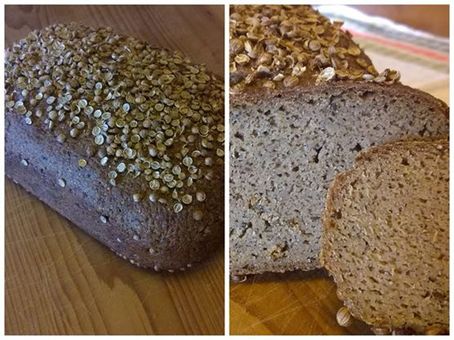 Homage to Borodinsky - a 100% buckwheat bread inspired by the famous Russian Borodinsky bread. Homage to Borodinsky - a 100% buckwheat bread inspired by the famous Russian Borodinsky bread. How do you answer this question? Is it the taste? The texture? The aroma that fills the air as it bakes? Is it the crisp, flaky crust that has that special bread taste? So often gluten free bread is judged in a category all of its own, because, well, because it is different, and generally nothing like real bread. Over the past few years I have been entering bread in the cooking section at the Devonport Show. Two years in a row my bread (Brown Rice Bread) was placed 2nd. Now, I should add that I was competing with bread made with wheat. There was no 'gluten free' class! Last year a 'gluten free' class was added. I entered 3 loaves, one in each of the sections for 'bread' and one in the gluten free section. None of my loaves were placed. To be fair, I had entered my favourites, and, in the rush to bake had not paid attention to detail! This year I entered 3 loaves, 'Homage to Borodinsky' was entered in the Gluten Free class. This loaf took a lot of work. It uses a roux as well as malted buckwheat. (I am still working on the process for malted buckwheat. Producing a powdered malt is demanding, but not too difficult.) The bread has moderately strong buckwheat flavour, with a slight malt overtone, and a complex, almost citrus background from the coriander seed. 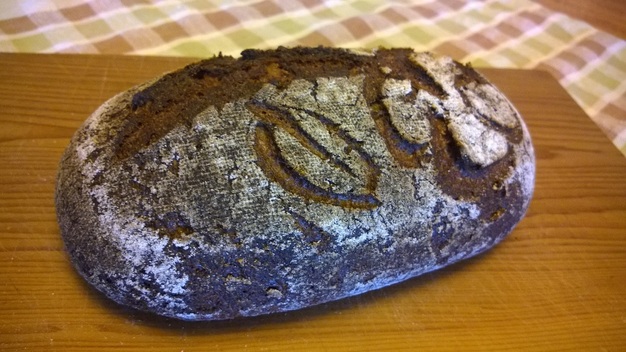 Kindred Buckwheat - another 100% buckwheat bread, made with locally grown buckwheat. Kindred Buckwheat - another 100% buckwheat bread, made with locally grown buckwheat. My 'Kindred Buckwheat' was entered in the 'any other bread' class. This is a 100% buckwheat bread with leatherwood honey. If you like strongly flavoured honey, you will find the honey and buckwheat work well together. Being made with local honey and local buckwheat (grown by 'Kindred Organics') makes this a local artisan bread - perhaps a first for our part for the world! This bread is one of my favourites, but to be honest, it is probably an acquired taste, and not a smart choice for a relatively conservative competition! My third bread for the competition was Quinoa Miche. I entered in the 'white or brown bread' class. The dough is a beautiful, flexible dough, almost like a regular bread dough to handle, and it behaves very well. The Quinoa Miche was awarded 1st place. This bread was judged against bread that is not gluten free. That is: a bread made without gluten or gum was awarded 1st place ahead of bread made with wheat! (That recipe will be one for the book I am working on!) A while ago on a wet afternoon I had the kitchen to myself, so it seemed to be time to test some ideas. There are a number of challenges in gluten free baking: croissants, flaky pastry and phyllo pastry. I have developed a recipe for croissants. It does use a little xanthan gum, so, even though I can make them, there is more work to do if I want to eliminate the need for gum. In hindsight, flaky pastry is not really that difficult. I have a few recipes that work well, and there is no gum in my flaky pastry. One challenge remains: phyllo pastry. Other pastries are easy because they are relatively thick - at least 2mm. Phyllo, is thin, so thin that it is difficult to make a sheet that doesn't tear under its own weight. This 'phyllo' is just under 1mm thick, not paper thin. There is no gum, just millet flour and tapioca flour. One day, perhaps another rainy day, I'll try this again, and perhaps I'll go all the way and make baklava or strudel!
Last year I started playing with raw honey from the Tasmanian wilderness. With the right techniques it is possible to ferment the honey and produce a leaven for bread making. Recently I returned to working with the honey ferment. Dough made with it behaves a little differently from sourdough and dough made with a baker's yeast poolish. It doesn't rise much during fermentation. At first, I thought the yeast wasn't working, then I noticed a little expansion. In the oven, however, the story was quite different. Suddenly the dough came alive and it was expanding as I watched. I have been working with two flour mixes, tapioca and one other. Over the past few weeks I tried amaranth. Last week I used that mix for hot cross buns. Today I used quinoa in one, and brown rice in the other. Another curious behaviour of the dough is that it becomes quite solid during the bulk ferment, and again during proofing. As the dough is kneaded it becomes softer and pliable. After kneading for a minute or so, the dough can be shaped. The flavour is light and slightly sweet. The sweetness is not from the sugars in the honey alone, as only a small amount is used. I suspect that enzymes in from the honey cause more sugars to be produced during the fermentation. The crumb is more open than other many other gluten free breads I have made. The honey yeasts seem to remain active longer and at higher temperatures than baker's yeast and wild yeasts in sourdough. I suspect a cooler, longer bake will result in a more open crumb. Some time ago I found black rice at the local supermarket. It milled well, and 'Emperor's Batard' was the result. Since then I have found red rice, grown in Thailand, in the same supermarket. This time the rice was not so easy to mill - well that is an understatement! It was quite a problem. Instead of flour I ended up with a mix of cracked rice grains and fairly coarse flour. I borrowed a hand mill, and after carefully cleaning the mill and running some other seed (millet) through it, I tried the red rice. This time I managed a super-fine flour, like talcum powder. So, with the coarse mill I made a prefement, based on a millet starter. The red rice hydrated and fermented quite well. When I made the dough I included some of the fine red rice flour, as well as some very fine red sorghum flour. The result was quite satisfactory. good oven spring. Unfortunately I got distracted and left it in the oven a little long - but that provided a really crunchy crust! The crumb has a grainy texture from the cracked grains of rice, but as it was well hydrated, it is smooth and easy on the palate. The fine flours brought it all together into quite a pleasant bread. Flavour is interesting - it is reminiscent of Russian Caravan tea, with light, earthy smoky overtones. Quite a satisfactory and unique gluten free sourdough. There are so many new techniques to develop and explore, but sometimes just using a reliable recipe in a new way makes a tasty treat. Cheese pull-apart bread has been on my mind for a while. Yesterday I bought a small block of very tasty vintage cheese.
I guess the variations with Rice Bread are endless ... leave the olive oil in the recipe and add a few olives and perhaps some sundried tomatoes, or prosciutto; sprigs of fresh rosemary and crushed garlic; whatever you like!
It's great to have a few flexible adaptable recipes. When I was looking at stollen recipes it occured to me that my Rice Bread recipe would make an excellent dough to use in stollen. The recipe was developed for making free form bread, and is quite adaptable. After researching online and in bread making books I settled on Jan Hedh's Yule log for inspiration. Instead of placing a stick of almond paste in the middle, I chose to roll the almond paste flat and roll it up with the dough. A few years ago we made liqueur from home grown green gages. drinking the liqueur is like drinking nectar. We still have some that is a little cloudy, so it was an obvious contender for use in soaking the fruit. The flavour worked well with cardamom, nutmeg, vanilla, almond and lemon. The stollen is delicious, much better than I had expected for a first bake of a new recipe. The Rice Bread recipe is available in my store. Jan Hedh's book is 'Artisan Breads - Practical Recipes and Detailed Instructions for Baking the World's Finest Loaves', Skyhorse, New York, 2011. ISBN 978-1-6-61608487-5 |
AuthorWhen I had to go gluten free I was disappointed at the taste and texture of gluten free baked foods that were available. Packet mixes were very disappointing. So I started to develop recipes that are good to eat. Archives
April 2017
Categories
All
|

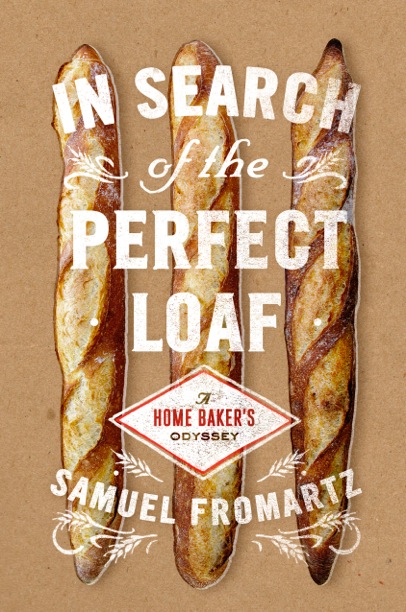
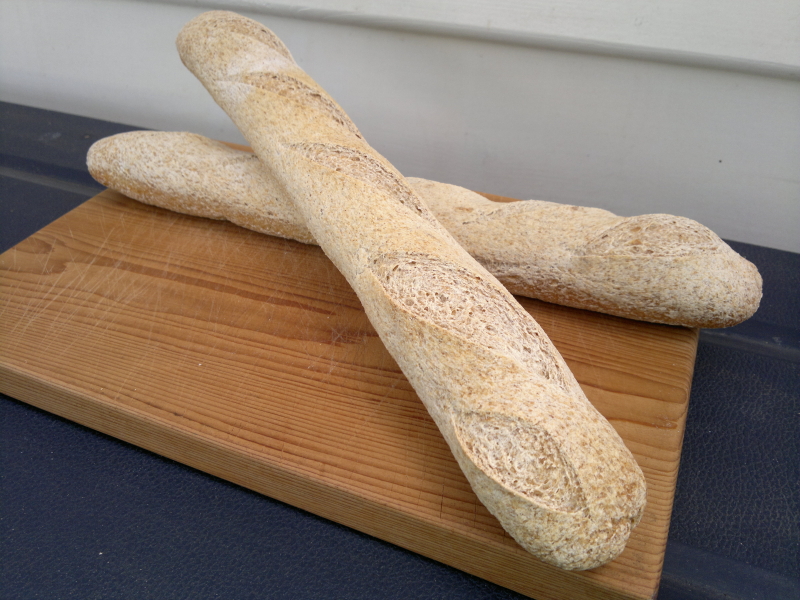
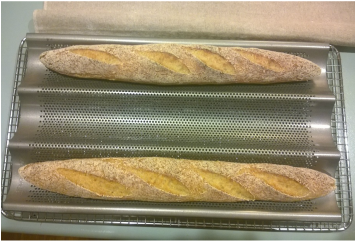
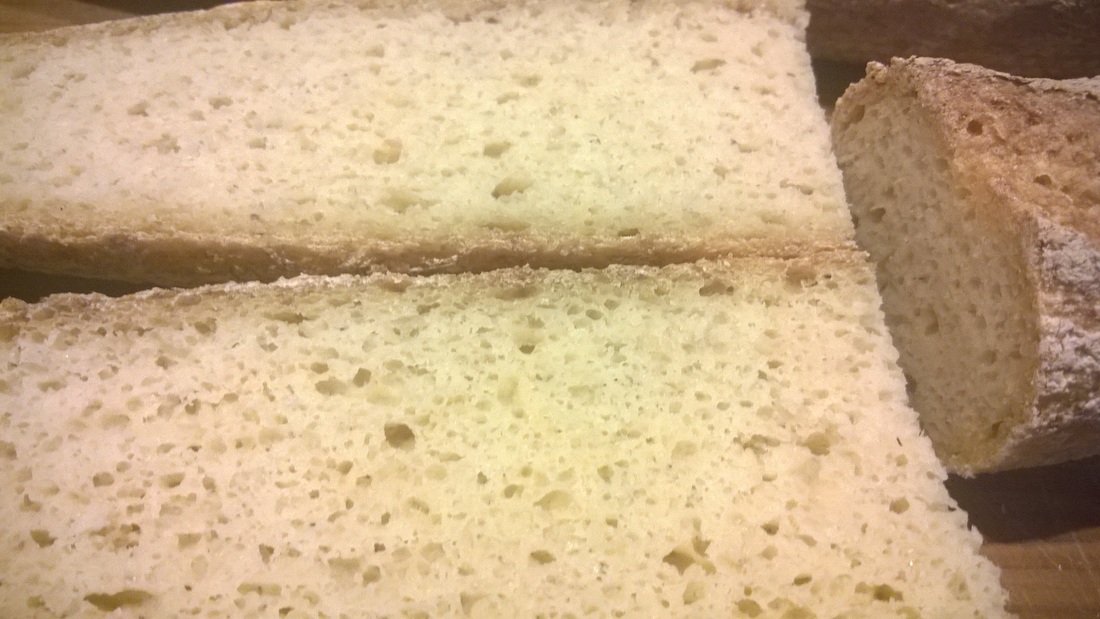
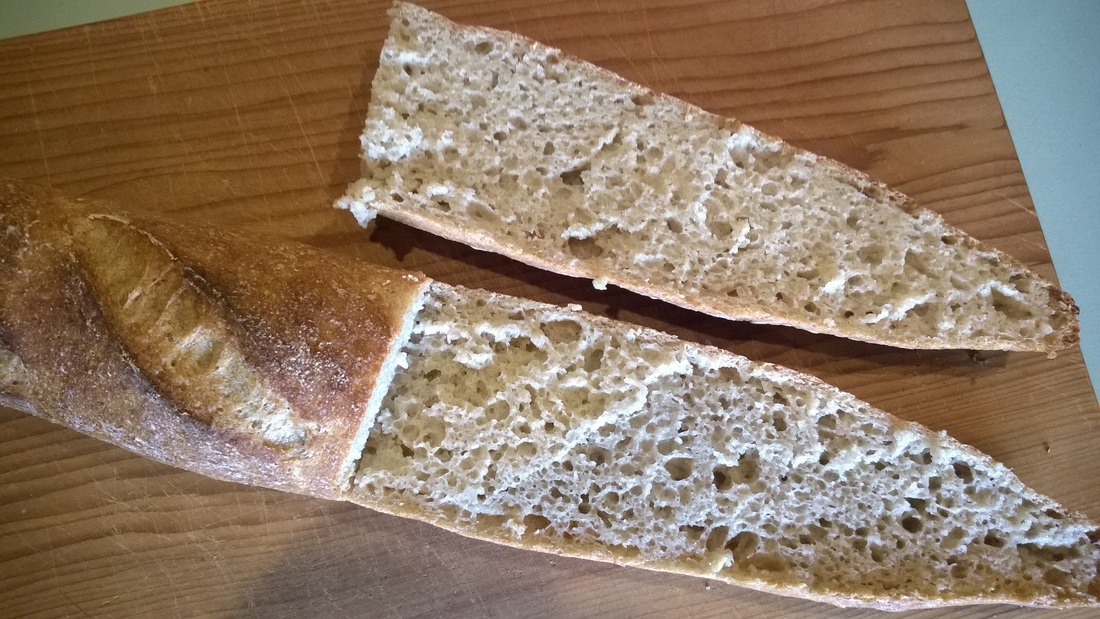
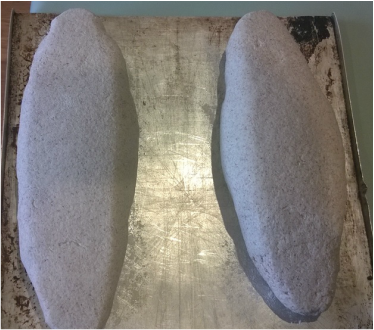
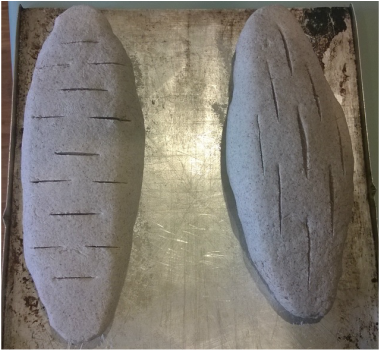
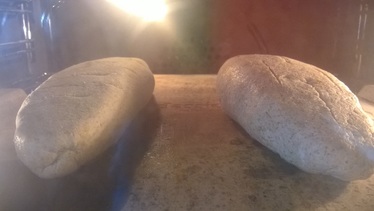
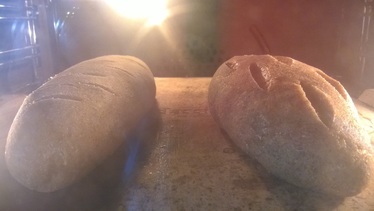
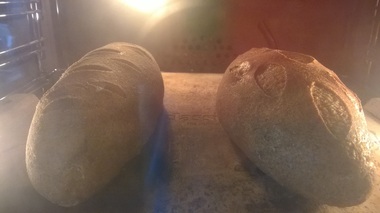
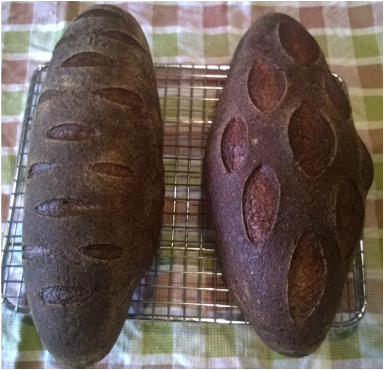
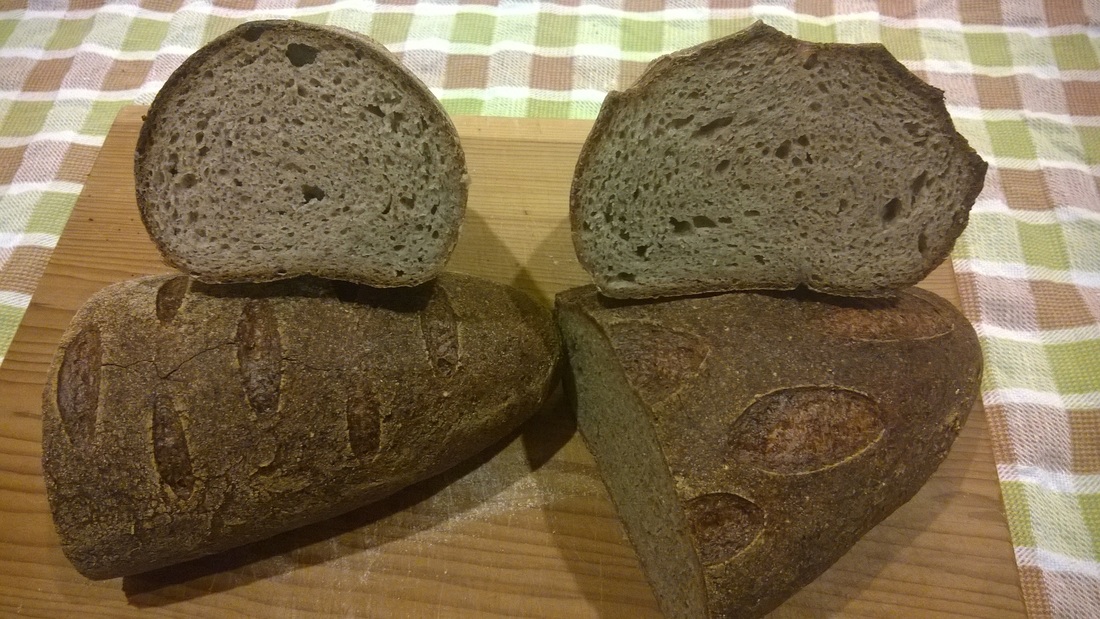
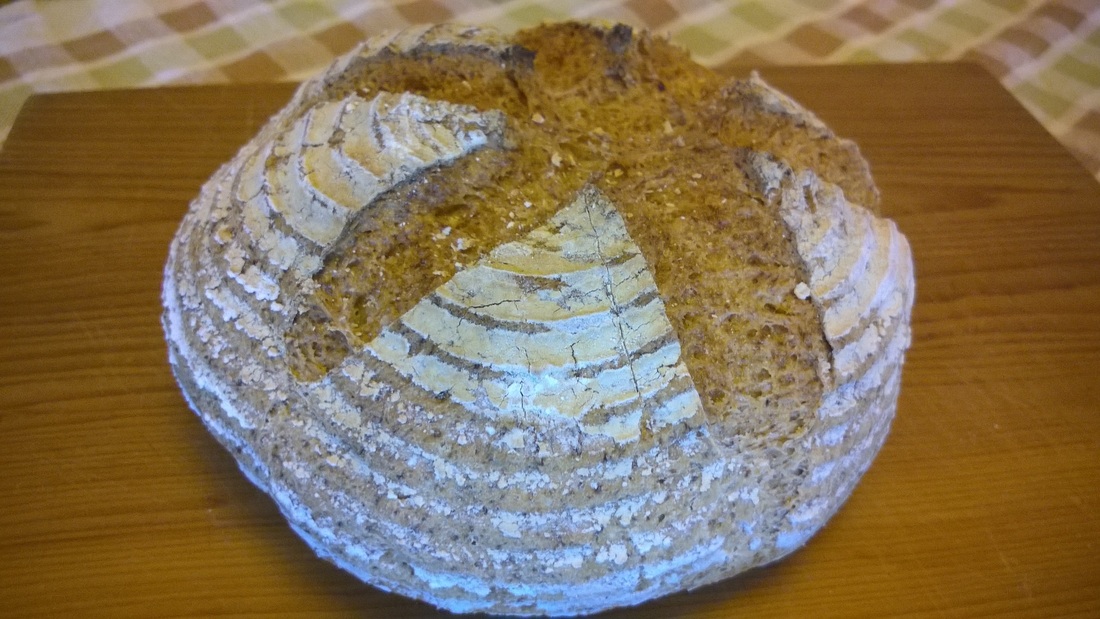
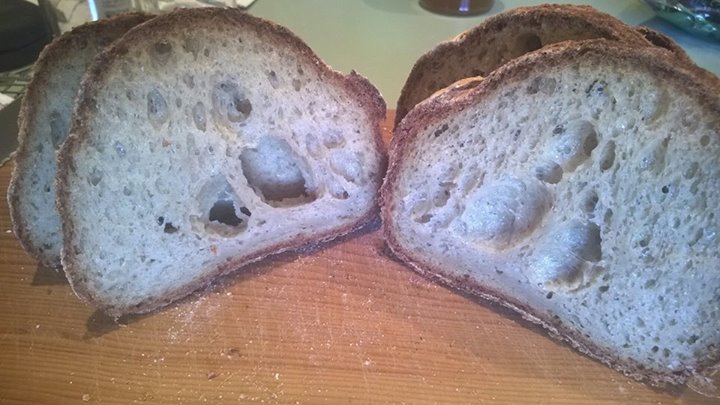
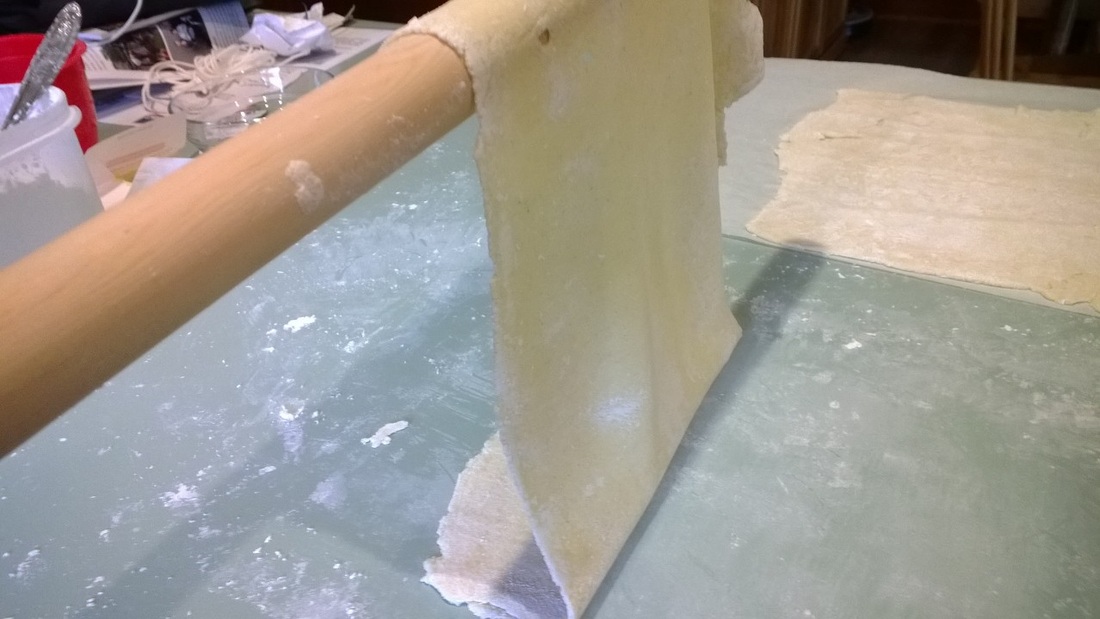
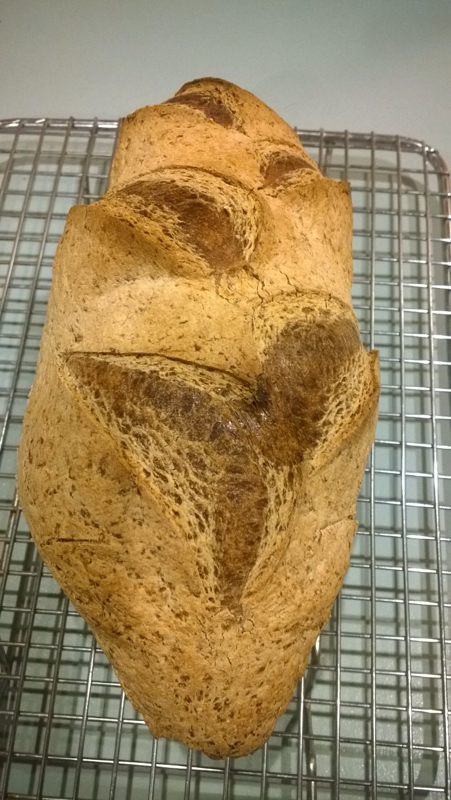
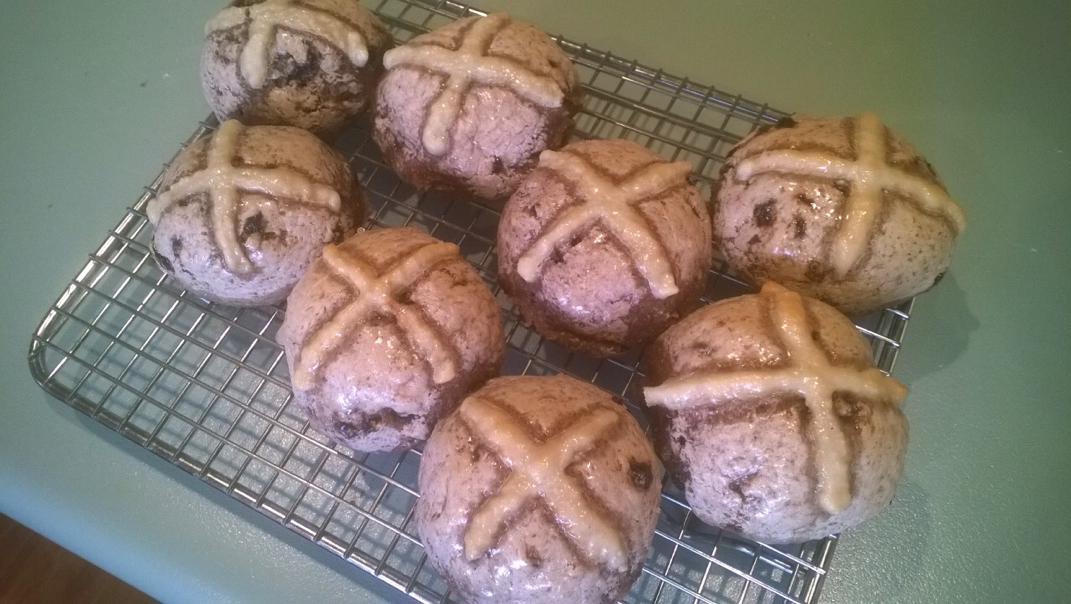
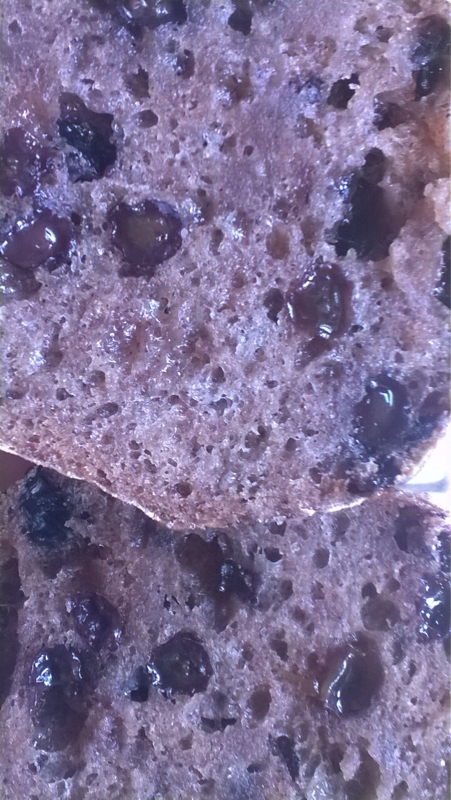
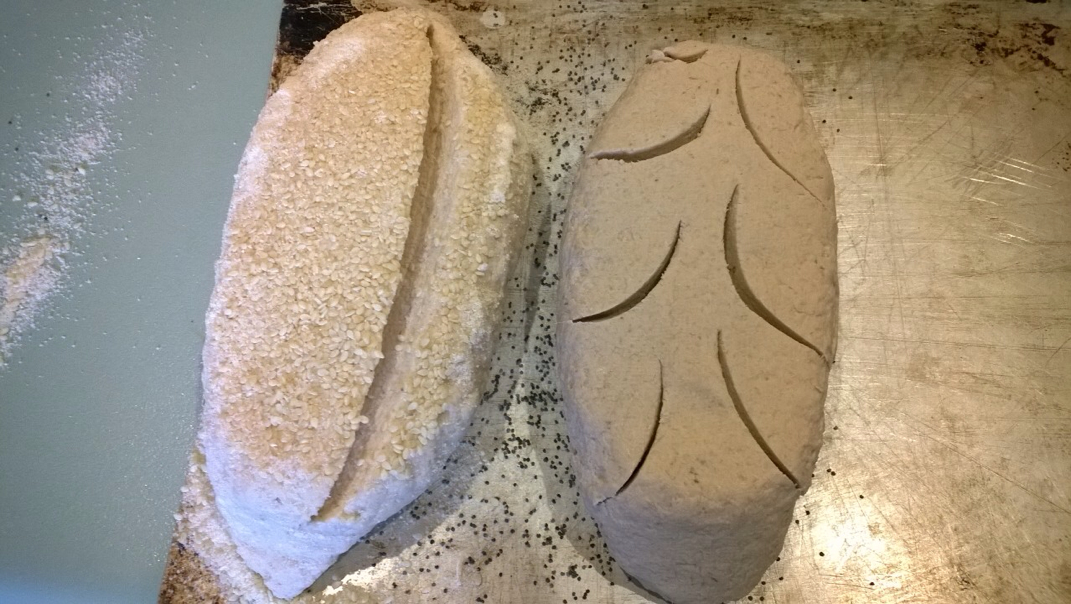
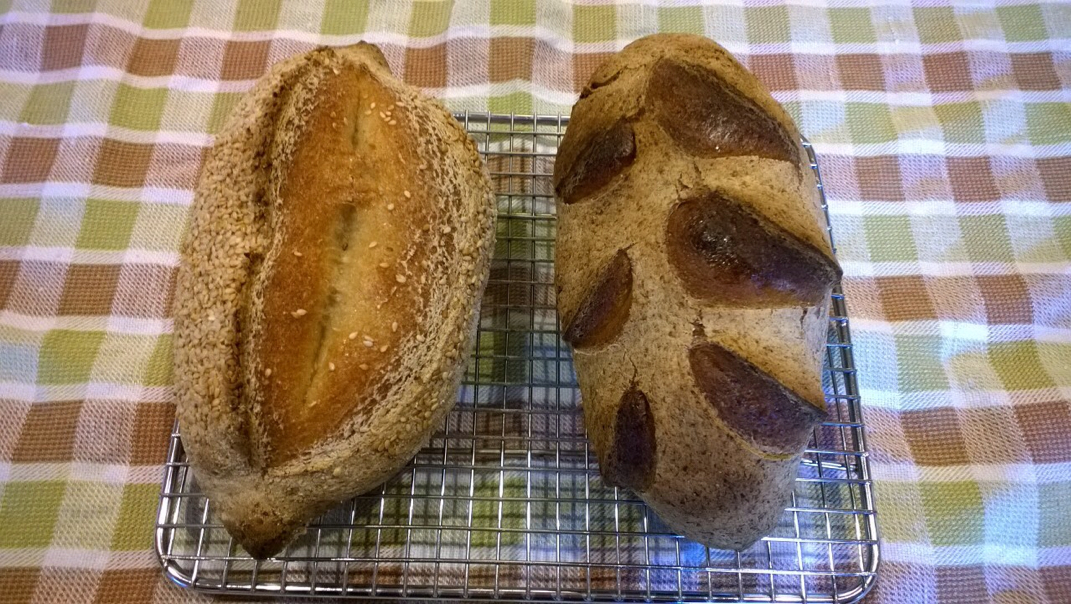
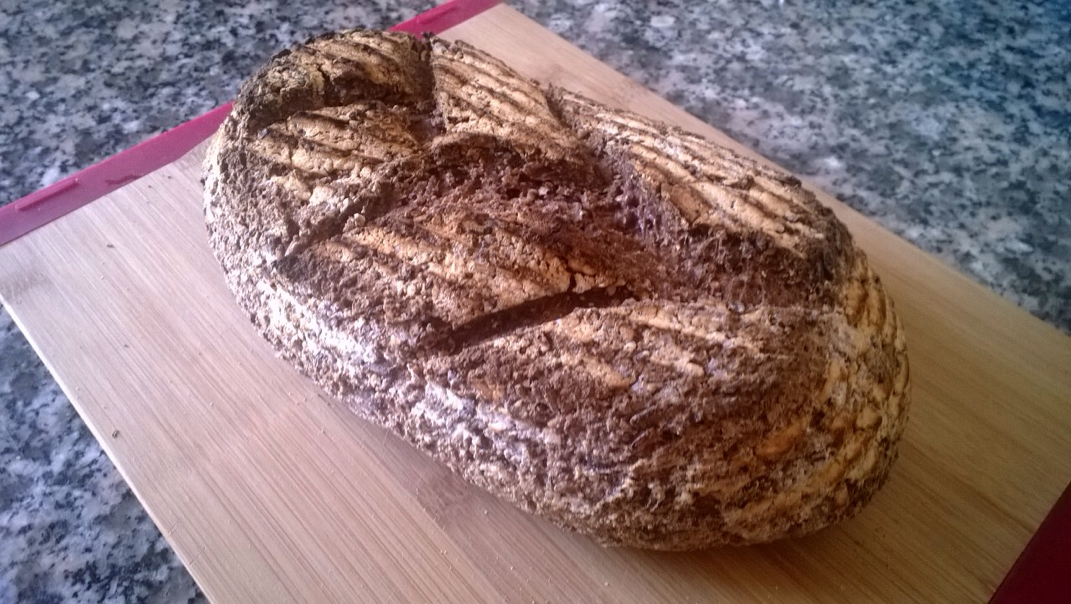
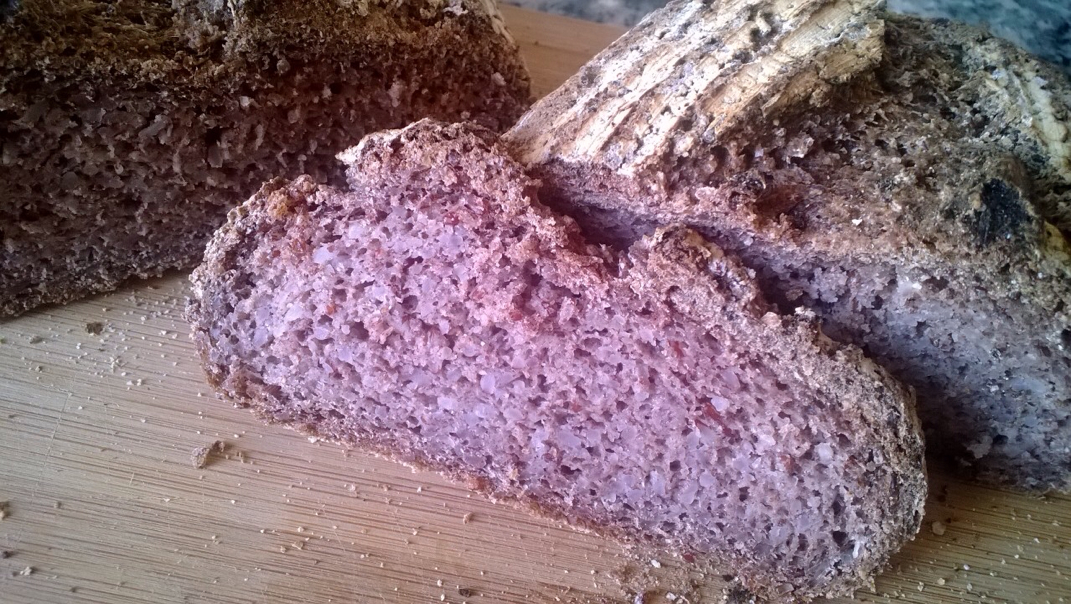
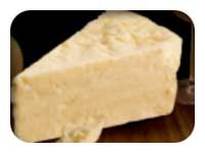
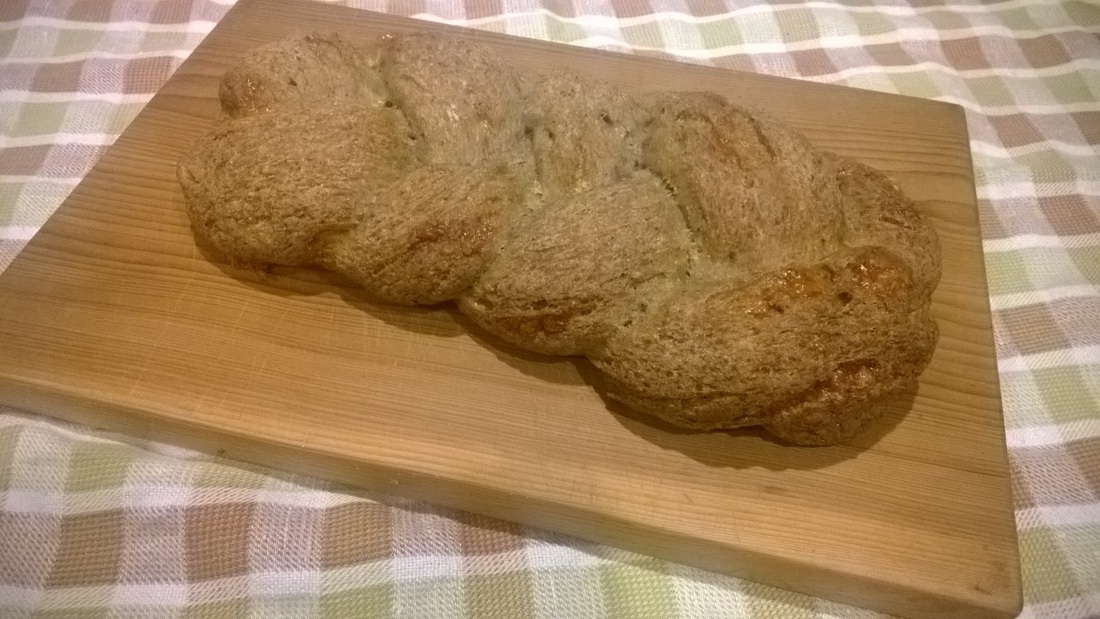
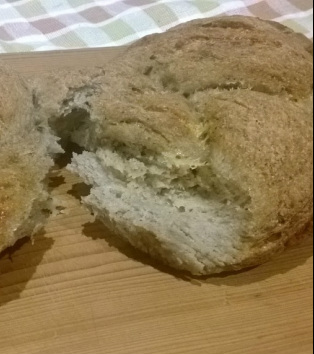
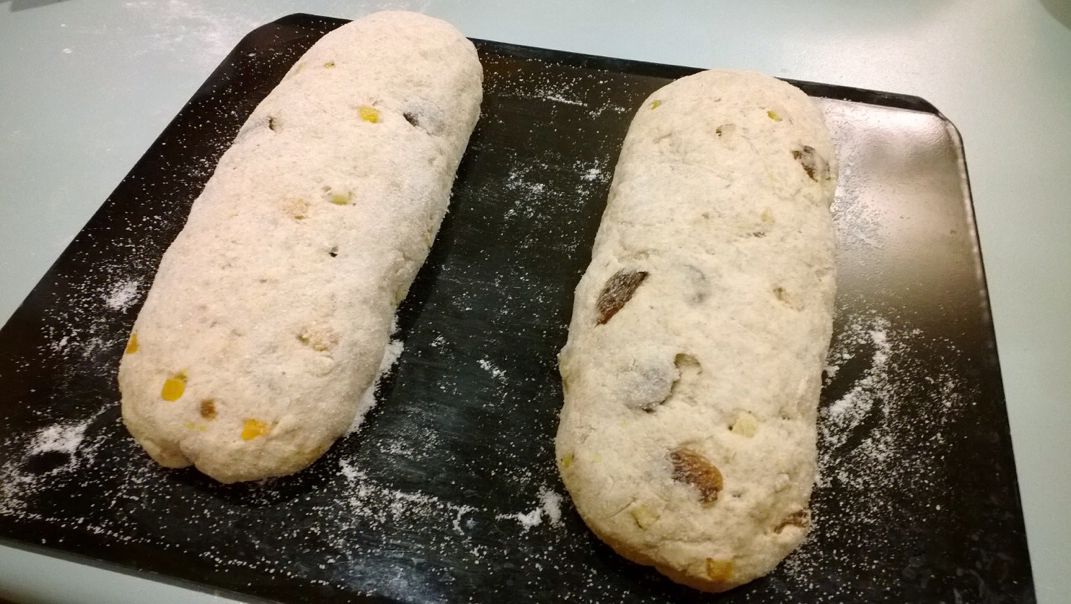
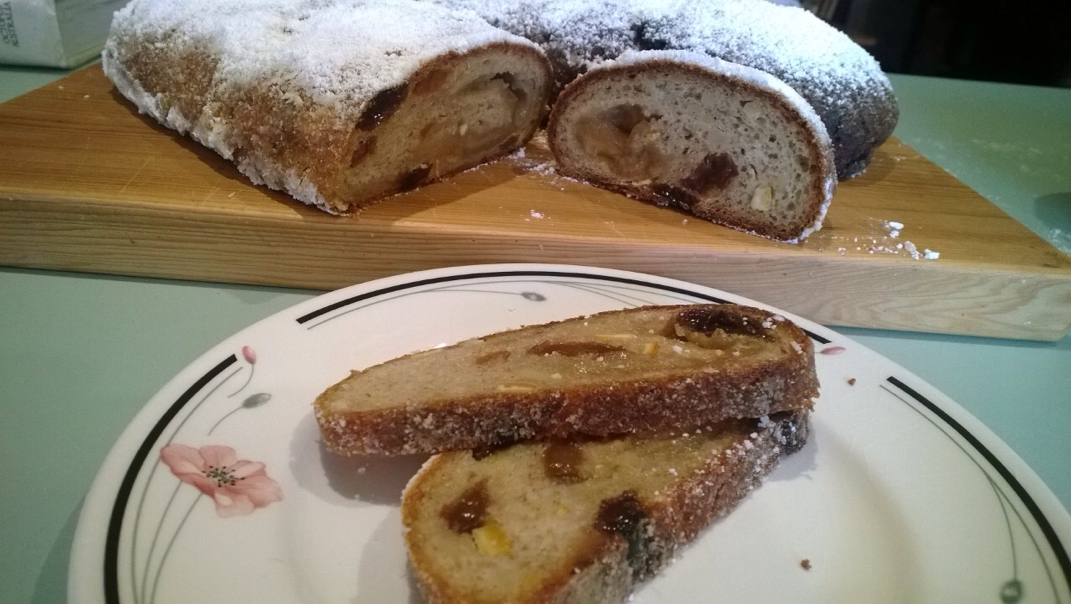
 RSS Feed
RSS Feed
